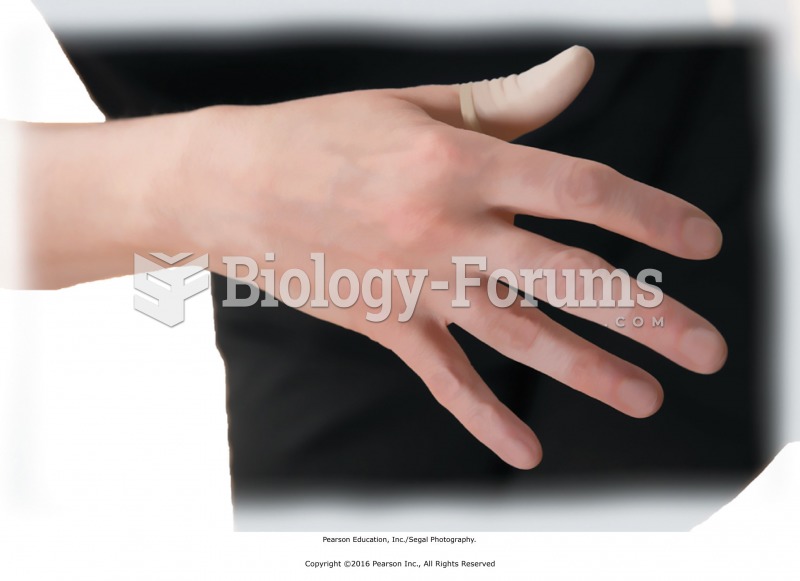Answer to Question 1
Correct Answer: 4
Rationale 1: Normal phagocytic cells do not kill healthy good cells.
Rationale 2: Phagocytic cells do migrate to the infection, but would phagocytize any foreign cell encountered on the way.
Rationale 3: Chemotaxis is the process by which phagocytes move from one site to the infection.
Rationale 4: Phagocytic cells have proteins on their surface that allow them to recognize cells and cellular components that are nonself.
Global Rationale: Phagocytes have proteins on their surface that allow them to recognize cells and cellular components that are non-self. When recognized as non-self, the pathogen is internalized and destroyed within the phagocyte. They do not kill healthy or good cells. Chemotaxis is the process by which phagocytes migrate from one site to another, killing foreign cells along the way.
Answer to Question 2
Correct Answer: 1,2,3,5
Rationale 1: Using simple, familiar terms helps clients understand the process. The skin cells are packed tightly together.
Rationale 2: Sweat does discourage pathogen growth.
Rationale 3: Shedding of skin cells helps to rid the skin of pathogens but leaves the surface of the skin intact.
Rationale 4: The outer layer of the skin is made up of dead cells that are continually shed.
Rationale 5: Dendritic cells are in the deeper layers of the epidermis and are phagocytic.
Global Rationale: The skin and mucous membranes are considered the first line of defense against pathogen invasion. The intact skin is a formidable physical barrier to pathogens. The cells of the epidermis are packed tightly together, which discourages penetration by microbes. The outer layer of skin cells is continually shed, along with any microbes that may be clinging to them. The accessory structures of the skin secrete sebum (oil), sweat, and antimicrobial peptides that discourage microbial growth on the surface. The skin is also colonized with a variety of bacteria and fungi that are normally harmless to the host. Microbiota (flora) compete with pathogens for space and nutrients, thus creating an unfavorable growth environment for harmful organisms. However, should the skin become broken or compromised by needlesticks or catheters, some species of normal flora may become pathogenic. Damaged skin does grow back.






